In a 36-page filing published for the first time Thursday and titled "Personal area network systems and devices and methods for use thereof," the electronics maker outlines a system for allowing products with only short-range communications circuitry, such as iPods and MacBooks, to connect to and leverage those equipped with long-range technology, such as the iPhone or specially designed RF modules.
These special RF modules would be "constructed to be a high efficiency, low cost, devices" that may lack a direct user interface, like the company's AirPort base stations. They'd package short-range circuity — such as WiFi, Bluetooth and other high frequency systems (2.4 GHz, and 5.6 GHz communication systems) — for connecting to devices that lack long-range circuitry, in addition to long-range circuitry that those host devices can tap into, such as GSM, GPRS, EDGE, and CDMA.
The tiny RF modules would be "ubiquitous in that they permeate every aspect of a person's life," Apple says. "For example, a user may keep a RF module on his or her person such in a purse, handbag or article of clothing, in a house, a transportation vehicle (e.g., a car), or an office. This way, a user need not worry about having to carry a long-range communications device wherever he or she may go, as a RF module may be kept in locations frequently visited by the user."
In some applications, multiple RF modules may be kept in a single location, such as a house, office building, or city. "When the user moves from one location to another, the host device may determine which RF module to access when requiring use of a long-range communications protocol," the company says.
For power, the RF modules would use a fixed or removable rechargeable battery, such as a lithium-ion battery, disposable alkaline battery, or any other portable power source, including kinetic energy converters. They could also be constructed to receive power from an external source such as a conventional outlet, a car outlet, or an external battery pack.
In addition to serving as connectivity hubs for portable computers and handheld devices, a single or series of RF modules scattered through a specific locations could also form the backbone of a robust VoIP network. For instance, host devices — such as iPods, car stereo systems or other devices that lack long-range technology — could tap into the AddressBook on a Mac or iPhone to make telephone calls or conduct text message conversation that would be routed to through the network of RF modules.
The host device may maintain a communication event (e.g., a telephone call) without interruption (e.g., a dropped call) when switching from one RF module to another or to a wireless phone," Apple says.
What's more, the company describes methods that would allow users to abstain from handling a short-range host device altogether by instead tying smaller peripheral — or accessory — devices into the communications network.
"Peripheral devices can be portable, handheld, miniature, or wearable devices. The peripheral device can be used to control the operation of the host or hybrid device or may be used to display information relating to a function or feature of the host or hybrid device," the filing says. "For example, a peripheral device may be a fashion accessory such as a watch that may display information (e.g., the name of the currently playing song or name of the person on the call) and also allow a user to control functions (e.g., playback, volume, or telephony features such as end call and accept call) of the host device. Other peripheral devices may provide host control functions but may not have a display, and yet other peripheral devices may provide input (e.g., keyboard) and output (e.g., LCD or printer) functions."
Similarly, the same principles would apply to a personal area network formed in an automobile or in connection with a communications system in an automobile. Apple explains that "host device may be physically connected to an automobile stereo system and may allow a user to access telephony features provided by the host device using the stereo system. For example, a user may browse through contact list information (stored on the host device) using the stereo system and select a user to initiate a call. When the call is initiated, the host device may access the long-range communications protocol of a RF module or wireless phone to conduct the call. The user's voice may be picked by a microphone that may be integrated within the host device, a cable interconnecting the host device and the stereo system, or associated with the car stereo or other communications system of the automobile."
The April 2007 filing is credited to Apple employee Michael Rosenblatt, a program manager at the Cupertino-based company who is a graduate of MIT's Media Lab. He's also responsible for a similar patent revealed this past May, which proposed the idea of short-range Apple Wi-Fi networks that could be deployed in restaurants, concert halls, and zoos, allowing merchants and attraction organizers to interact with patrons through their Apple handheld devices.
 Sam Oliver
Sam Oliver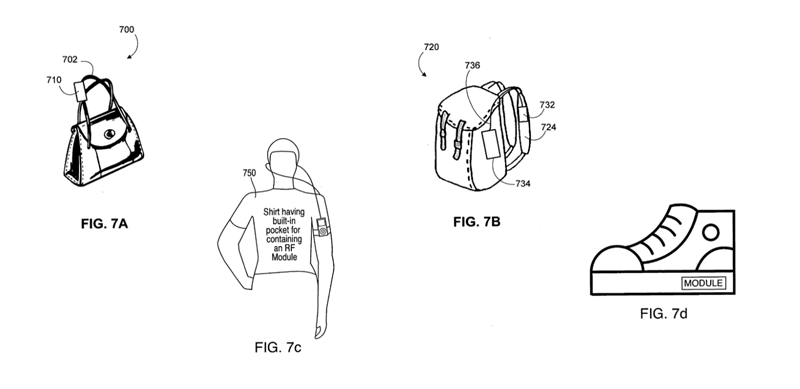
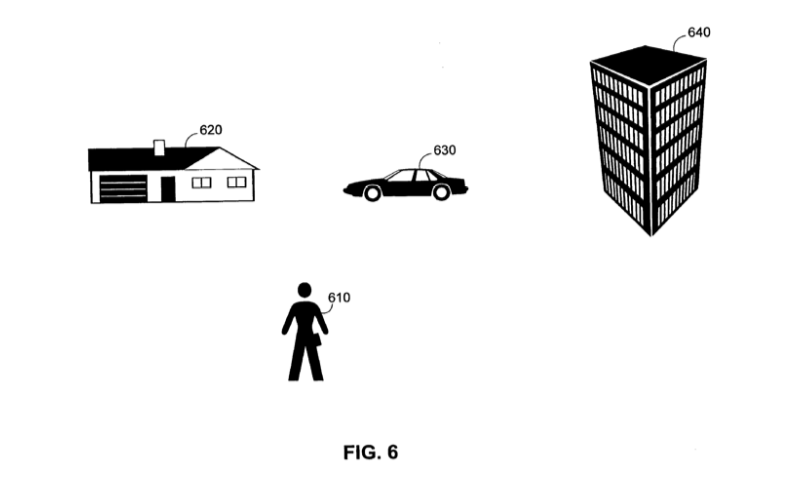

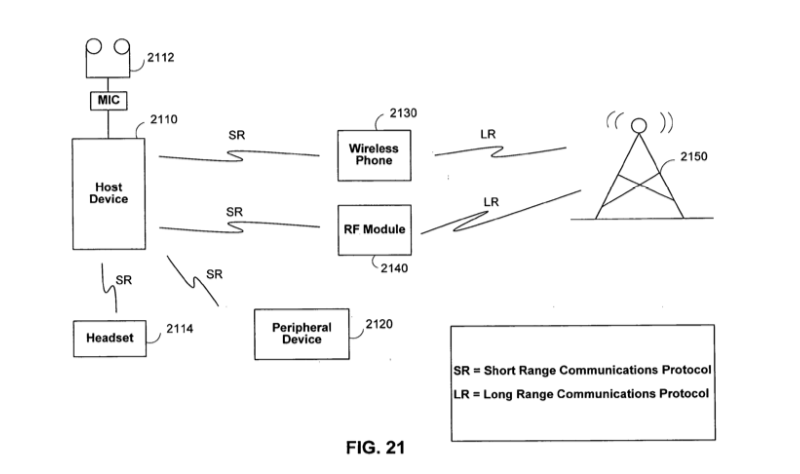







-m.jpg)






 Charles Martin
Charles Martin
 Wesley Hilliard
Wesley Hilliard
 Stephen Silver
Stephen Silver
 William Gallagher
William Gallagher

 Marko Zivkovic
Marko Zivkovic
 Andrew Orr
Andrew Orr
 Amber Neely
Amber Neely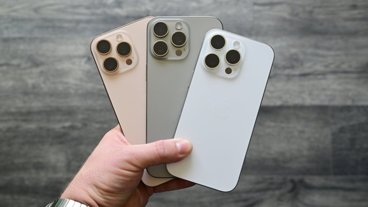
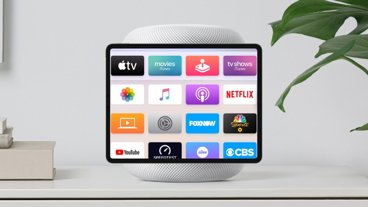







46 Comments
This is confusing, so where does the RF get its internet signal from? Home? If so how would it broadcast the signal all the way to work?
They obviously resisted the urge to refer to it as 'Personal Area Network Technology Systems'.
This is confusing, so where does the RF get its internet signal from? Home? If so how would it broadcast the signal all the way to work?
RF means any signal propagated through the air. Cell phone signals fall into that range.
This is confusing, so where does the RF get its internet signal from? Home? If so how would it broadcast the signal all the way to work?
The RF module would have GPS, CMDA chips inside, in addition to those that support short-range communications such as WiFi and Bluetooth.
K
Well it would save having to build a long range transmitter in to every little device. Realistically though, I can see the cellphone evolving in to this kind of router. All your little widgets connect to your cellphone through bluetooth to get to the Net. I don't see it being a separate product.